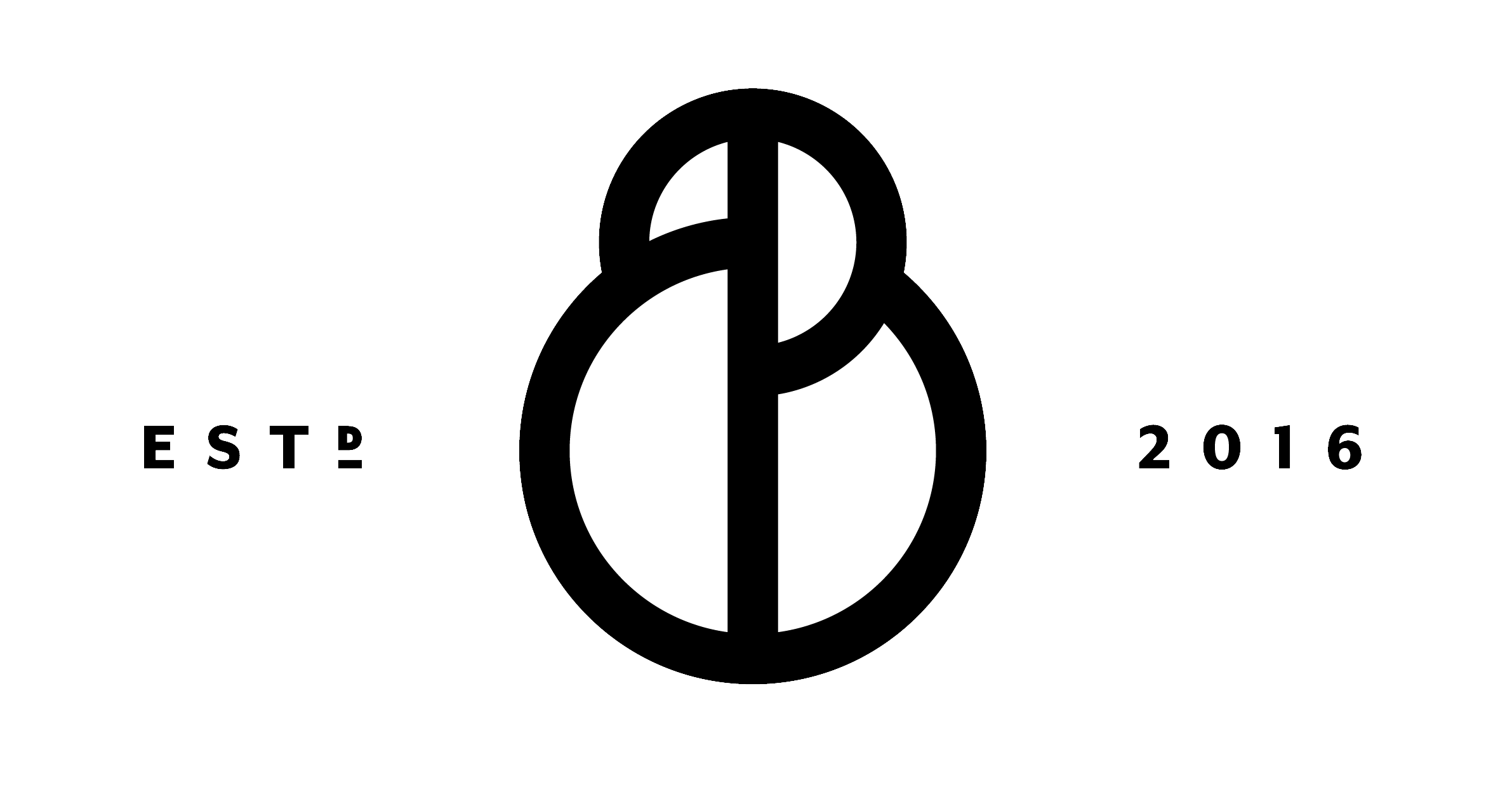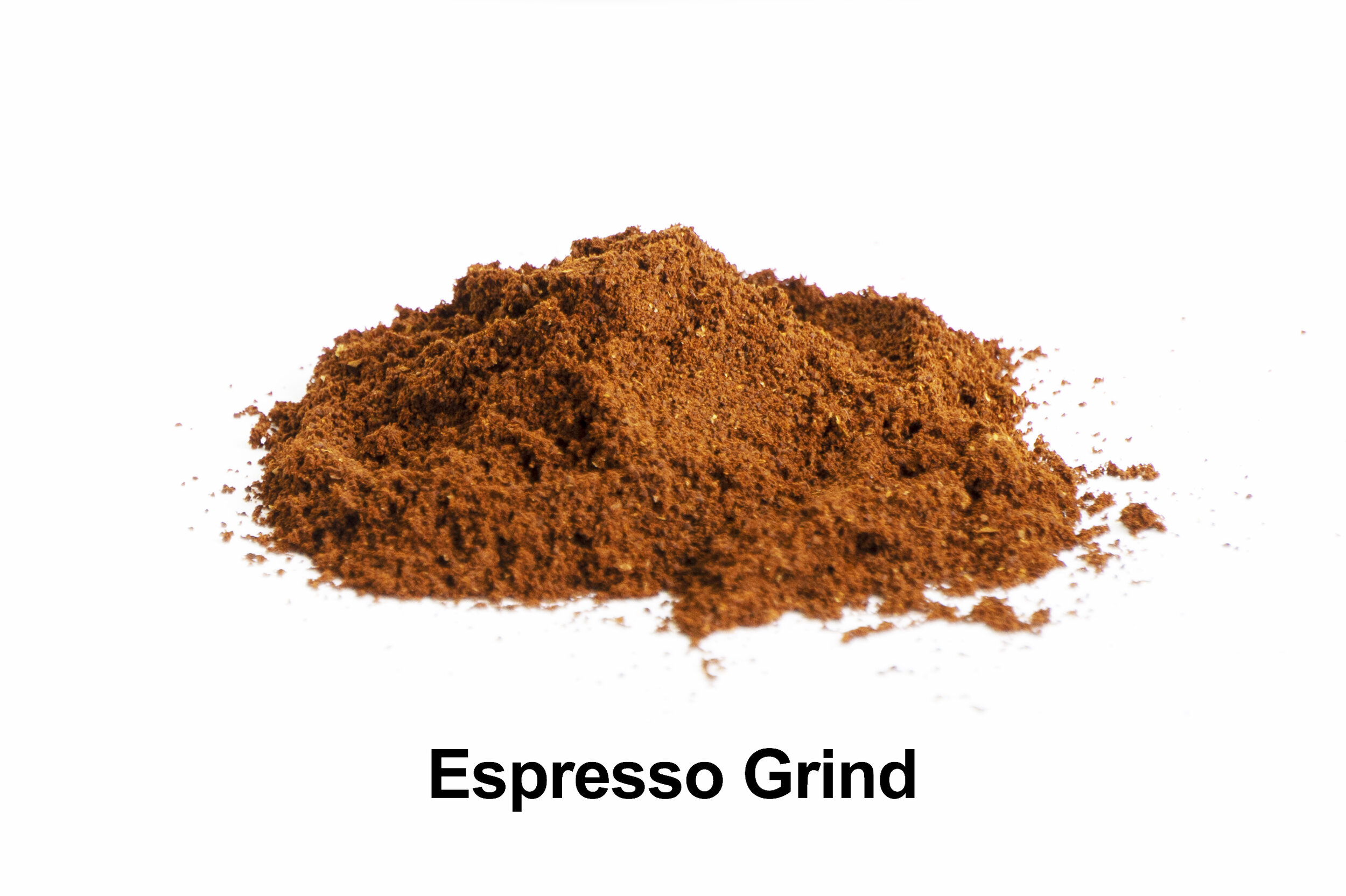How to make coffee - experiencing flavours at home
FILTER COFFEE STYLE
In this how to make coffee guide we briefly explain the process of extracting flavour and profiling your coffee. The method we are using is based on filter grind (or more specifically a conservative medium grind).
Once you learn how to make coffee, repeating this process several times, ideally upon every purchase of fresh coffee beans, will enhance your taste receptors. This process is similar to going to gym and exercising regularly, the more often the procedure is carried out the more enhanced your skills will become.
Formally this process is often referred to as Cupping. A term in the coffee world that is about extracting flavours within a coffee sample or batch. It is one of the quality assessment processes and it is essential for any coffee harvest at a plantation to undergo this process, often coffee is prepared and assessed in this manner prior to exportation - more here www.bounbeans.com/blog-7-cup-score
How to make coffee
Step 1
Prepare your equipment. Make sure it is clean and dry. We will begin with the filter grind, using 10-12g of coffee to 180ml - 200ml of water. With cupping, there are very fine margins, even half of a gram can make a difference to the taste of your coffee. Not in a negative way, but some notes may / may not be picked up. Repeatedly cupping coffee this way will lead you to a balance that suits your ability to distinguish flavours.
Prepare your dry clean cup. Many farms use mugs, but we feel glass tumblers allow better observation of the coffee and water mixing. Beside the aesthetically pleasing nature of this step, you will also be able see if there are any issues with the ground coffee mixing and extracting.
Glass tumbler with ground coffee inside in preparation for cupping
Step 2
Slowly pour hot water just off the boil into the cup. We aim to stay within 92-94 degrees cel. Try to slowly pour coffee onto the grounds and watch the mixing process.
Step 3
You can help the process along by using a spoon to support the taste extraction process. But first take a moment to look at the top of the cup from a birds eye view. what do you notice? This is called ‘the bloom’.
Cup of premium coffee with a bloom. - flavour extracting
Softly stroke the surface with a spoon to help with mixing and extracting
Allow the coffee several minutes for the coffee grounds to fully extract their flavours. You should notice coffee grounds falling to the bottom of the cup.
Step 4
The coffee will be releasing flavours while in the cup. It is at this stage you can bring your nose to the top of the cup, being mindful not the get in the way of steam, and inhale the flavours. Notice any aromas? Can you pick up any flavours through your nose? This is quite therapeutic and many have said it is similar to Mindfulness exercises, we agree.
Step 5
After several minutes have passed, your can use two spoons to scoop out the grounds. You will not be able to take every drop of ground out, but at least enough for it to be sip-able without being unpleasant. Use the spoon to slurp up coffee, you should be able to pick up taste notes at this stage. Interestingly, as the coffee cools down over 5 or 10 minutes, you can also pick up other notes. This is how fascinating coffee can be.
You will notice each time you vary the grind type that a slightly altered taste is produced, taste notes and intensity will vary with grind type, although the core flavour notes of your coffee should be distinguishable in all formats coffee is brewed (as long as it is brewed correctly).
In the video below we try to demonstrate how coffee mixes. The two grind types used are: espresso and medium grind. You will notice that the coffees mix differently with the water, and the consistency of the water / the texture is different. Have a look at the bottom of each glass once water makes contact. What do you notice? Is there any difference between the two cups? How about when they are stirred? Do you notice any coffee falling to the bottom? All these are significant factors in the way coffee flavour is extracted during brewing - highlighting the importance of getting the right grind type for the brewing method you have chosen. We have sued 12g of Ethiopian Grade 1 Yirgacheffe for demonstration - available here - https://bounbeans.com/store/ethiopian-coffee-grade-1
Around the 24 second mark, you notice in the cup to the left (filter grind) that a flurry of grounds shoot up the cup as the water is poured in. However on the cup to the right this does not happen. Espresso grinds require pressure to extract more flavours, many espresso machines and other methods of brewing espresso coffee are finely tuned to make sure there is enough pressure going into the basket (mesh metal basket holding the coffee grinds) to support extraction due to the grind being finer than other brewing methods. When your grind is not fine, and is coarser you end up with this flurry of ground coffee shooting up the cup as shown at the 24 second mark. The extraction is easier.
*in our videos we try to use equipment that makes it accessible and replicable for people to do at home. We have opted for this method so that people can try such experiments with minimal effort. Best practice in coffee would be to have a temperature controlled kettle and perhaps with a goose neck to allow for more precise pouring.
The more you brew, the more refined your taste will become and your brewing skills. Once you’ve found the right coffee-grind-to-water ratio, you’ll then be able to take things further by experimenting with different types of water. This can include trying different types of bottled water, or with conventional tap water vs filtered tap water. If you live in an area with hard water (you can check this here: https://www.thameswater.co.uk/help/water-quality/check-your-water-quality#/search) it’s worth considering using bottled water due to the advantage that the minerals will be balanced.






